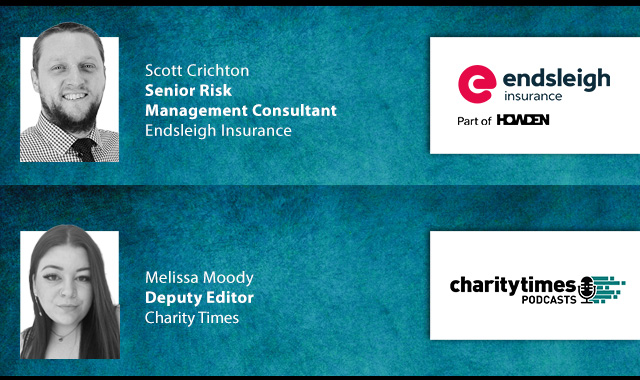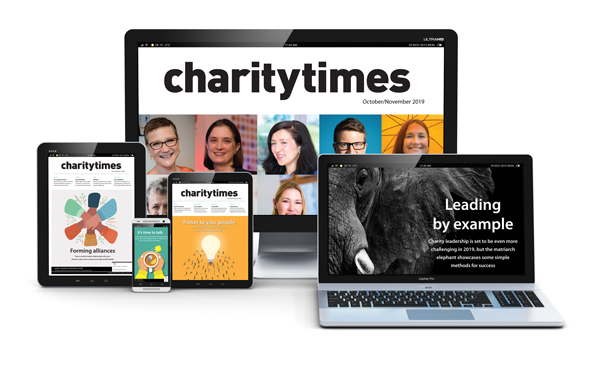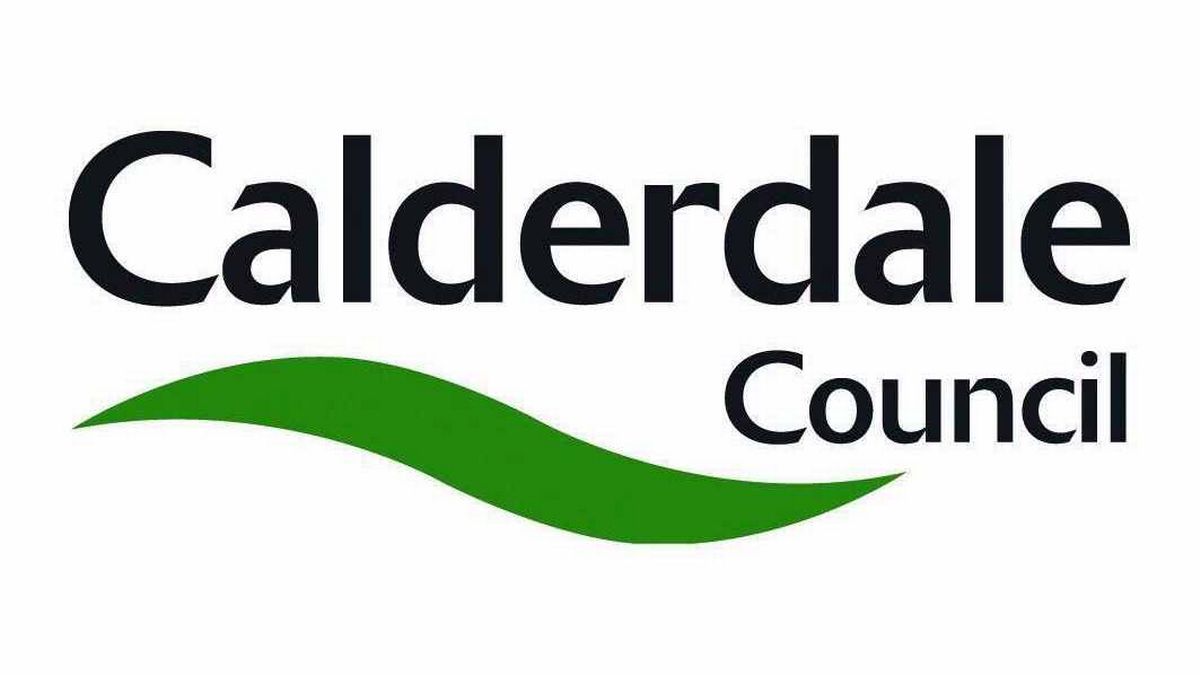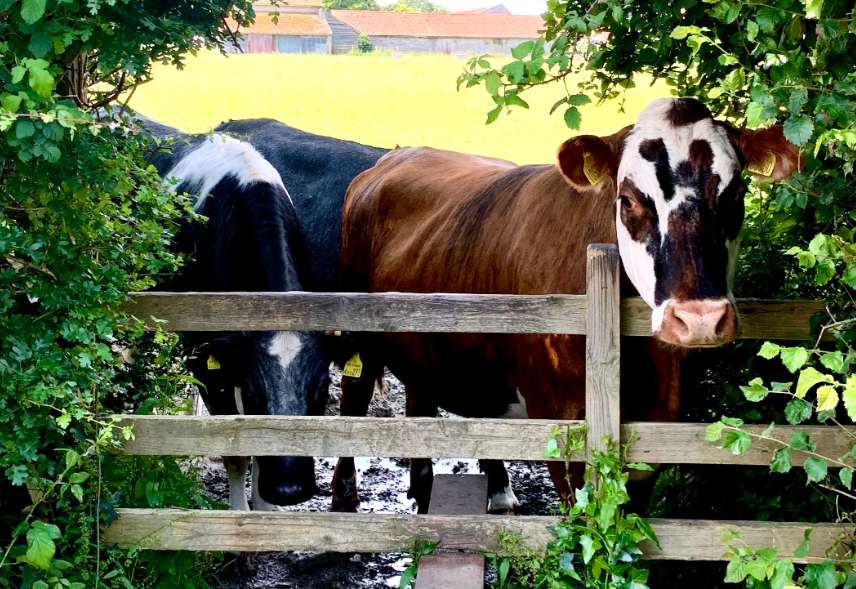With the cost of giving crisis leaving many charities concerned about their income, Cat Jones speaks to AI experts about how the new technology could be the secret to bringing in millions for charities.
______________________________________________________________________
It’s no secret that charities are facing unprecedented challenges. The numbers of people giving to charity has dropped according to the most recent Charitable Giving Report and two-thirds of givers have said they will have to cut their spending due to the cost of living. Already this year, we have sadly seen the closure of charities including Jo’s Cervical Cancer Trust and International Refugees Trust. But there is a secret weapon charities can harness to boost their income – AI.
“AI is being called the ‘new electricity’ because of the way it will transform every part if society,” says Alex Lloyd Hunter from Modern Change, an organisation that helps charities with cultural change.
“It can increase productivity, expand service provision to help people you would otherwise struggle to help and it can be used to generate original content.”
There are plenty of examples. AI is being used by JustGiving and Change.org to help fundraisers put out more effective asks to their friends and family. Asthma + Lung UK have used it to introduce chatbots to provide initial information to helpline users, meaning they can reach more people. And the World Wildlife Fund (WWF) has used AI to analyse millions of camera images to map wildlife - which would have taken four years to do manually.
Gordon Walsh, Chief Data Scientist at Engaging Networks, a platform that enables charities to digitally engage with campaigners and fundraisers, says AI is proving to be a “gamechanger” in fundraising.
“Advances in email marketing are allowing charities to treat every donor like a major donor,” he says.
“We have an AI tool embedded into out clients’ CRMs that allow charities to send much more personalised and targeted content and we are seeing amazing results.”
The tool analyses 40 different datapoints across emails, helping fundraisers identify which topic will be of interest to different audiences, whether it should have a singular or broader focus, the most effective images to use and the best time to send content.
A new tool is being rolled out to existing customers soon which will identify when someone’s engagement is lapsing and when their journey needs reactivating, what topics will engage people and how they might respond to different emotional asks – angry, sad on emotional content. It will also look more in depth at when someone has taken an action and why that might be, helping to identify critical moments to send out communications.
Walsh says the tool, which has been used by overseas charities including Amnesty International Canada, “has found success above and beyond what a human can do, with a 245% higher conversion rate.”
But while AI can increase efficiency, better engage and reach more supporters, Walsh acknowledges that “AI can feel like the ‘Wild West’ for charities.”
In the corporate sector there have been issues of chatbots going rogue. One for delivery service DPD delivery called itself “useless” and said the company was “the worst delivery firm in the world,” after a frustrated customer decided to query it in certain ways.
There have also been issues with cultural biases being embedded into datasets which then make outputs unreliable too. For example, a study in the US revealed that a system predicting reoffenders showed racial bias.
There are also ethical concerns about charities ensuring private or personal data isn’t used in AI tools, that they label any content that has been generated by AI and that all content is checked by an ‘editor’ for accuracy, tone and biases.
Add to this worries about how it will affect jobs in the sector – and the opportunities to develop junior staff – and is it any wonder charities are eschewing AI in favour of the status quo.
Walsh says fundraisers should look at AI as a colleague rather than a competitor.
“In the short-term, AI means fundraisers won’t have to do the ‘boring work’,” he says.
“AI will free up time and empower them to be more responsive to the news agenda and political climate.
“In the long-term, the role of a fundraiser will change as people will be more likely to edit and amend email content rather than writing it and will need to be more focused on AI strategy and furnishing AI with the information it needs.”
He advises fundraisers to skill up in writing prompts to get the best out of AI to prepare for the future job market.
Other roadblocks to charities generating income via AI include structure, culture and resource.
It can be more challenging for charities to be as nimble as the private sector because of regulations such as getting buy-in from trustees, and it’s harder to be experimental when every pound has been raised by public donors (though research shows in general the public is in support of charities ). Many charities don’t have the resources to splash the cash on additional technology or training.
Walsh also points out that AI often needs large datasets to be effective, something many charities don’t have, prompting the question about whether the future for charities is in commanding data.
So how can charities benefit from the income boost of AI while facing all of these challenges? Lloyd Hunter says charities need to embrace cultural change and change ways of working as well as being tactical.
“Charities need to ensure there is understanding across the whole organisation of AI’s benefits and how it can be used, resulting in collective urgency,” he says.
“You also need to encourage a culture of experimentation and this means providing psychological safety for staff to try AI out. To make the most of AI, you need the ability to move quickly and use real- time performance data so this might mean reviewing processes that could hamper this.”
Lloyd Hunter says staff need access to AI tools. As a minimum this means a premium subscription and basic training on AI prompt design.
And charities need to have an AI strategy that defines what they want AI to achieve (efficiency or income for example), what could be piloted and what skills gaps there are. There also need be clear ethics and data protection frameworks so staff can use AI tools confidently with lower risk of causing unintended harm.
Walsh says while there are various steps charities need to make the most of AI, it’s worth the effort to reap the rewards.
He says: “AI is not going anywhere – charities need to embrace it or they risk being left behind. Those that invest the time, resource and thinking into AI, whether that is using AI tools or providers that use AI, could significantly boost their income and help more beneficiaries than ever before.”
Cat Jones is a PR and communications specialist with over a decade of experience in the charity sector. Find her on LinkedIn
Latest News
-
More than one in four charity workers fear losing their job this year
-
Charity's founding leader to move on after 28 years
-
‘Worrying trend’ of charity CEOs quitting amid burnout fears
-
Suneet Sharma: Embedding governance as a strategic enabler
-
Global disability charity closes UK office citing ‘financial pressures’
-
Q&A: Why a proactive approach to organisational health checks is key in the third sector
Charity Times video Q&A: In conversation with Hilda Hayo, CEO of Dementia UK
Charity Times editor, Lauren Weymouth, is joined by Dementia UK CEO, Hilda Hayo to discuss why the charity receives such high workplace satisfaction results, what a positive working culture looks like and the importance of lived experience among staff. The pair talk about challenges facing the charity, the impact felt by the pandemic and how it's striving to overcome obstacles and continue to be a highly impactful organisation for anybody affected by dementia.
Charity Times Awards 2023
Mitigating risk and reducing claims

The cost-of-living crisis is impacting charities in a number of ways, including the risks they take. Endsleigh Insurance’s* senior risk management consultant Scott Crichton joins Charity Times to discuss the ramifications of prioritising certain types of risk over others, the financial implications risk can have if not managed properly, and tips for charities to help manage those risks.
* Coming soon… Howden, the new name for Endsleigh.
* Coming soon… Howden, the new name for Endsleigh.
Better Society

© 2021 Perspective Publishing Privacy & Cookies











Recent Stories